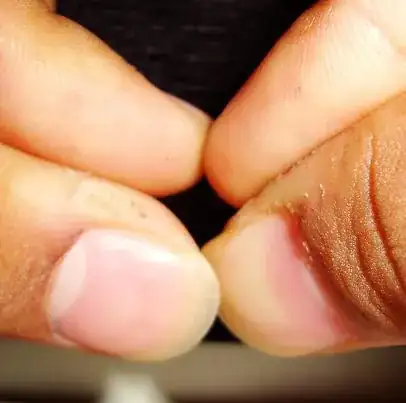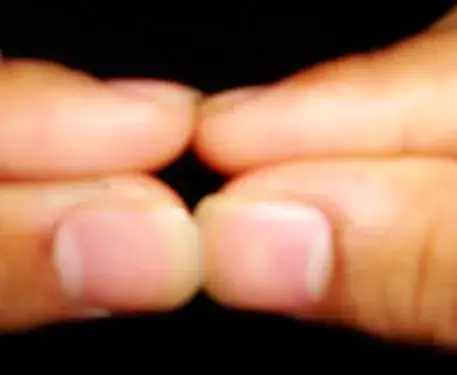Here is a small experiment my tutor once told us for just amusement. It works for myopic people at least, and can be a good check to see if you have myopia.
With your naked eye, ("remove the spectacles" for myopic spectacle wearers) see a considerably distant object (a few meters). It should be a bit blurred and unclear if you have myopia. Then, using your two thumbs and first fingers of both hands, create a tiny square in between. Using a single eye, look through the square. For a large square, the image is still blurred. But as you purse your fingers tightly and reduce the dimensions of the space between, you will eventually reach a point when the image comes in perfect focus. The image is perfectly clear as you would see it with spectacles. For an object 1-2m away, the square needs to be much smaller than that in the picture.


This works for almost any myopic person. Why does it work? Does diffraction come into play? If it does, I don't see how that can adequately refract rays to act as a lens?